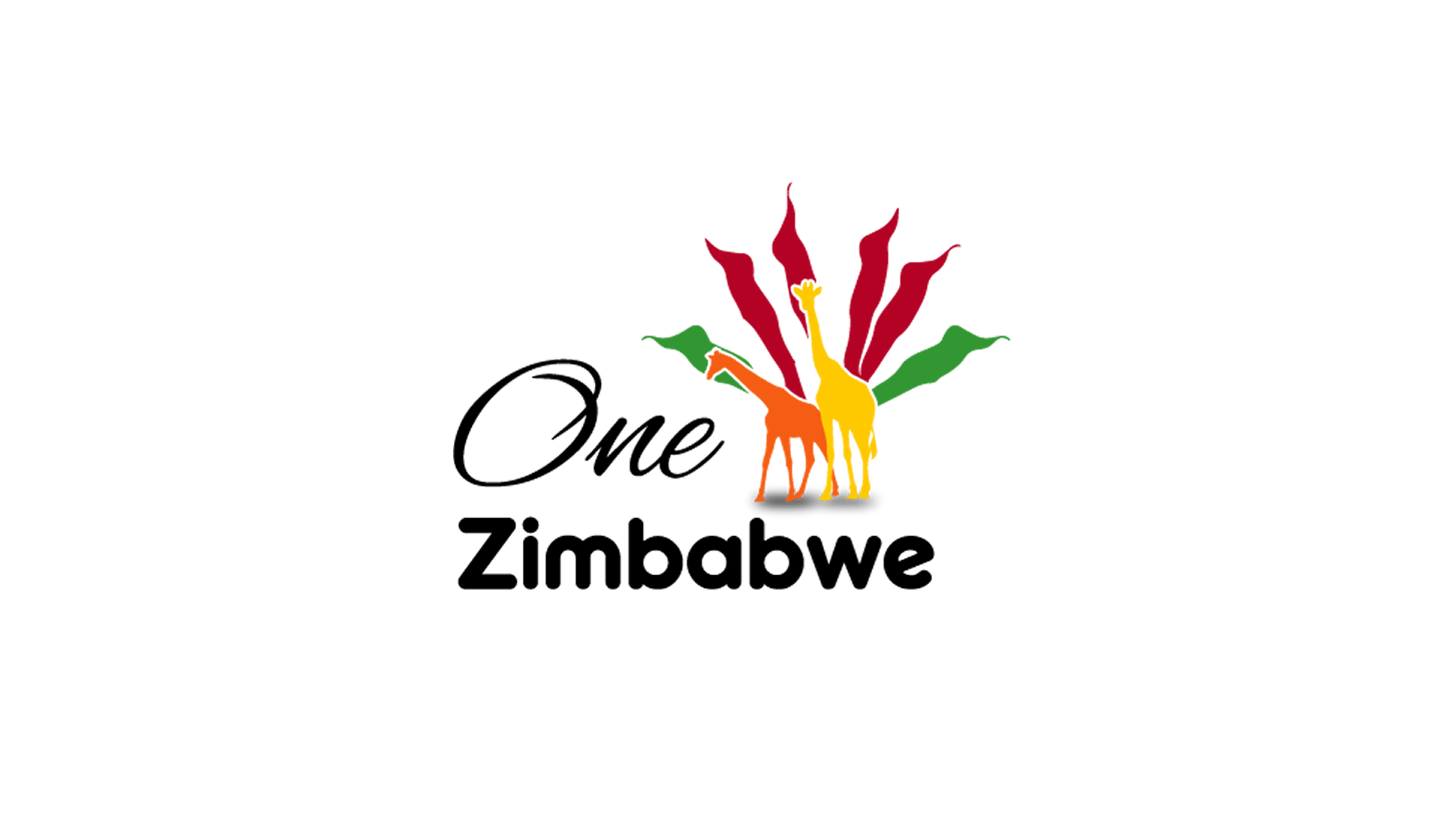Gweru, which is the sixth largest city in Zimbabwe, is located near the centre of the country and is the administrative capital of Midlands, one of Zimbabwe’s ten provinces. Previously known as Gwelo which was the name given by the colonial era force Pioneer Column, it changed its name to Gweru after independence in 1982 and has a population of over 91000. It is 277 kilometres from the Zimbabwe’s capital city Harare and about 165 kilometres from the country’s second largest city Bulawayo.
Dubbed “The City of Progress”, Gweru was founded in 1894 by Dr. Leander Starr Jameson and became a British military post which was a significant outpost especially during the first Matebele war between the British and King Lobengula’s Ndebele troops. It was also named “The Steep Place” by the very early Matebele settlers because of the Gweru river’s high banks which is one of the city’s sources of much needed water. As Britain quickly spread it’s empire further into Zimbabwe, the Railways moved into Gweru in 1902 thus creating a booming local industry which includes beef cattle farming, crop farming and commercial gardening of crops which are exported outside the country and sustain the local farming communities. The Railways grew significantly in this part of the country which led to Gweru having the largest marshalling yard called Dabuka which plays a fundamental role in the rail network of Zimbabwe. Dabuka is the central focus point of rail links to surrounding countries such as Mozambique to the east, Botswana and Namibia to the west and north west and South Africa to the south. In 1914 Gweru became a municipality and received city status in 1971. It has strong relations with the town of Basildon, Essex and Mancester, New Hampshire in the United Kingdom.
Originally built along the Gweru (formerly iKwelo translated as “ladder”) river, this city is known for its warm weather and warm, friendly residents. One of the pioneering residents, Mrs Jean Boggie, erected the Boggie Clock Tower in 1928 in memory of her husband Major William James Boggie and it has become Gweru’s most famous landmark, which is right in the middle of the city centre. As it is situated near the centre of Zimbabwe, Gweru has an eclectic mix of people who speak a diverse range of languages including English, Shona, Ndebele, Tswana, Suthu and Chewa.
Despite Gweru being a relatively small city, visitors can find quite a few things to do and one of the quickest and easiest ways to get around is by car which can be hired from any of the local tour operators or car hire companies in the city. Gweru visitors can visit places such as the Zimbabwe Military Museum which depicts the early history of the army, airforce and police force of the Republic of Zimbabwe. Known as one of the best military museums in Africa, it has an array of military artifacts and World War II memorabilia such as planes, tanks, vehicles, guns and uniforms. For those that have a keen interest in reading more about the history of Gweru, they can visit the Gweru Memorial Library. People wishing to enjoy the laid back ambience of this city can go to the Gweru Civic Centre Gardens and Park which offers people opportunities to relax or take leisurely walks and the Gweru Golf Club is a place that golf enthusiasts will love. Gweru has a number of restaurants that diners will enjoy including The Bata Club, The Village Lodge, The Suburban Village and Chicken Inn for those who are like fast food.
The outskirts of Gweru also provide places for people to visit. One such place is one of Zimbabwe’s premier tourist destinations, Antelope Park. Located 13 kilometres outside Gweru, this Game Park is set in open savannah grasslands and is well known in southern Africa as a destination of choice which has en suite lodges, river tents, campsites and beautiful self-catering lodges. Adventure seekers will definitely enjoy walking with lions, elephant rides, horseback riding, viewing lots of wild animals and canoeing on the picturesque lake. Moffat Aerodrome which is just outside the city offers visitors the chance to engage in adrenalin pumping gliding experiences which are known to be the best in Zimbabwe. Vacationers can also stay at White Waters Dam which has camping facilities for individuals and groups and has recreational activities such as horse riding, canoeing, speed boating and fishing. Nalatale and Danangombe ruins just outside Gweru are small versions of the Great Zimbabwe Ruins and are thought to have been the palaces of African royals some 400 years ago. This area has abundant deposits of gold, iron, chrome, asbestos and platinum which greatly sustain mining activities in this area.

